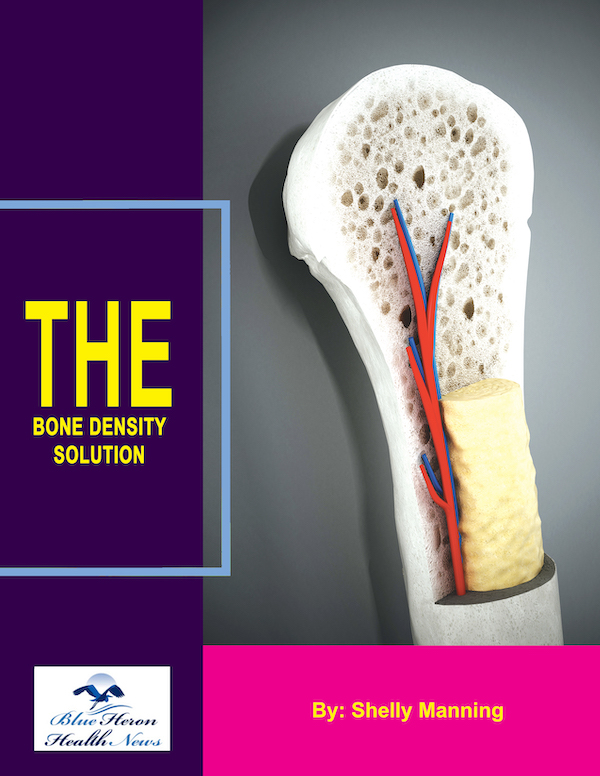
The Bone Density Solution By Shelly Manning The Bone Density Solution is worth considering for all those who are looking for an effective and lasting solution for the pain and inflammation caused by osteoporosis. The solutions are natural and can contribute to the overall well being. You just need to develop some healthy habits and add the right food to your diet to get the desired benefit.
ow does swimming affect bone density?
Swimming is a low-impact, non-weight-bearing exercise that provides a full-body workout with minimal stress on the joints. While it offers numerous cardiovascular and muscular benefits, its impact on bone density is somewhat different compared to weight-bearing activities like running or strength training. Here’s how swimming affects bone density:
1. Limited Impact on Bone Density:
- Low-Impact Exercise: Unlike weight-bearing exercises that involve the body’s weight directly affecting the bones (e.g., running, walking, weightlifting), swimming does not provide the mechanical loading necessary to stimulate bone remodeling and increase bone density significantly.
- Bones respond to the forces they experience during activities like running, jumping, or lifting weights, where impact and gravitational forces help promote the formation of new bone tissue. Since swimming doesn’t place weight directly on the bones, it doesn’t stimulate bone growth to the same extent.
2. Beneficial for Joint Health:
- Swimming is a low-impact exercise that is gentle on the joints and can be ideal for individuals with joint pain, arthritis, or injuries. It allows people to improve their cardiovascular fitness and maintain muscular strength without putting stress on the bones and joints.
- For people with conditions like osteoporosis, swimming can be a safe exercise option, reducing the risk of fractures or joint injuries that might occur with higher-impact activities.
3. Bone Health in Water:
- In water, the buoyancy reduces the effects of gravity on the body, making it easier to move without placing pressure on bones. While this is great for individuals with certain medical conditions, it means that bone-loading effects (which stimulate bone density) are minimized.
- Since swimming lacks the vertical loading (forces that come from the body’s weight) that occurs with other weight-bearing activities, it does not provide the same stimulus for increasing bone density.
4. Supporting Bone Health via Muscle Strength:
- While swimming does not directly increase bone density, it can strengthen muscles and improve muscle mass, which can indirectly support bone health. Strong muscles help support bones and improve overall function, even if swimming doesn’t significantly impact bone density on its own.
- Swimming builds strength and flexibility in the core, arms, and legs, which can improve posture, balance, and overall mobility—important factors in preventing falls and fractures in people with weakened bones.
5. Swimming for Bone Maintenance:
- For individuals with healthy bone density, swimming can help maintain overall fitness but will likely not be sufficient as the primary exercise to prevent bone loss or increase bone density. To build or maintain bone mass, weight-bearing exercises should be incorporated alongside swimming.
- Older adults or people with osteoporosis can benefit from swimming in conjunction with weight-bearing activities such as walking, dancing, or strength training, which help provide the mechanical load bones need for optimal health.
6. The Role of Swimming in Osteoporosis and Osteopenia:
- In people with osteoporosis or osteopenia (low bone density), swimming can still be beneficial as part of a comprehensive fitness plan. It offers cardiovascular benefits and helps maintain overall muscle mass, which is essential for bone health and reducing the risk of falls.
- However, additional exercises like walking, running, or resistance training should be incorporated to help improve bone density specifically.
7. Balance and Fall Prevention:
- Swimming can improve balance and coordination, both of which are crucial in reducing the risk of falls and fractures. The fluid, controlled movements in swimming strengthen stabilizing muscles, which can help prevent falls—important for individuals with low bone density or those prone to fractures.
8. Swimming for Rehabilitation:
- For individuals recovering from a bone injury or fracture, swimming can be an excellent rehabilitation exercise. It provides a way to stay active without putting stress on healing bones. The buoyancy of water reduces the impact on joints and bones, helping people gradually regain strength and mobility.
9. Swimming for Overall Health:
- While swimming may not be a primary exercise for building bone density, it provides a host of health benefits such as improving cardiovascular fitness, enhancing muscular strength, flexibility, and endurance, and helping to manage weight and joint health.
- These benefits contribute to overall bone health by improving muscle strength and reducing the risk of falls and fractures, even if bone density itself isn’t significantly increased by swimming alone.
Conclusion:
While swimming offers numerous health benefits, including improving cardiovascular health, muscle strength, and flexibility, it has a limited impact on bone density because it is not a weight-bearing or high-impact exercise. For bone density improvement or maintenance, it is best to combine swimming with weight-bearing exercises like walking, running, or strength training that provide the mechanical loading required to stimulate bone remodeling. Swimming can still be an important part of a fitness routine, particularly for joint health and fall prevention, and can be a safe option for people with bone-related conditions.
Would you like more details on how to design a balanced exercise plan that includes swimming and bone-strengthening exercises?
The Bone Density Solution By Shelly Manning The Bone Density Solution is worth considering for all those who are looking for an effective and lasting solution for the pain and inflammation caused by osteoporosis. The solutions are natural and can contribute to the overall well being. You just need to develop some healthy habits and add the right food to your diet to get the desired benefit.